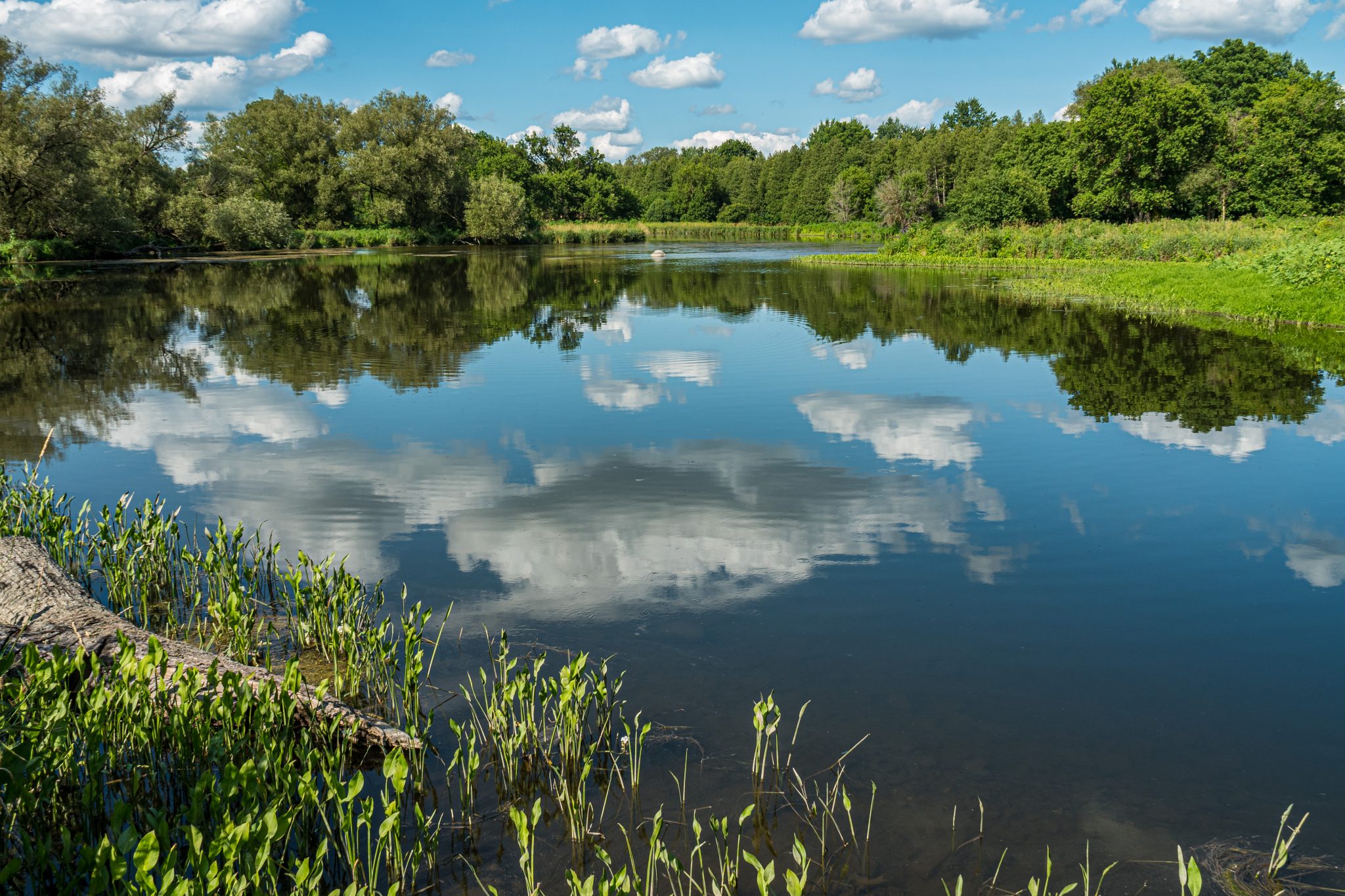Fish & Water

Your county Extension office can help you to identify plants located in or around a body of water. All that may be needed is a good-quality photo that meets the following criteria.
Materials Needed
- Sample of plant(s) to be identified
- Digital camera (cell phone or tablet works well)
- Item for scale (hand, coin, dollar bill, measuring tape, ruler, etc.)
- Background (hand, dock, boat seat, concrete, white paper, paper towel, etc.)
- Water and container for submerged plants (see step 5, Preparing Sample)
Preparing Plant Sample for Photographing
- Isolate the plant of interest. Ideal photos include only one plant rather than a group of plants.
- Rinse the sample clean of soil, mud, or sand.
- Place the sample on the selected background.
- Add the chosen item for scale.
- For a shoreline plant, leave in tact on the pond bank if all parts of the plant are visible and allow acceptable close-up photos.
- For a submerged plant (figure 8):
- Follow steps 1 and 2 above.
- Place clean water in a shallow container (bowl, etc.).
- Place the selected plant in the water and allow it to spread out in the water so that the structure of the plant is visible.
- Add the chosen item for scale.
Taking the Photograph (see samples)
- Focus your camera on the plant you are submitting for identification (not the background).
- Light the sample, ensuring that no shadows cover the plant.
- Make the plant you are submitting for analysis the only plant in the photograph ,if possible. If multiple species need identification, provide separate photos.
- Keep the camera close. It should be within 3 feet of the plant being submitted.
- Include the following photos:
- One or two close-ups of all the parts(stem, leaves, flowers if present)
- One or two wide shots of the waterbody(lake or pond) to demonstrate the extent of the plant coverage
Submitting the Sample Photographs
Photos may be submitted electronically to your county Extension office for identification and control recommendations. Find contact information at https://ssl.acesag.auburn.edu/directory-new/.
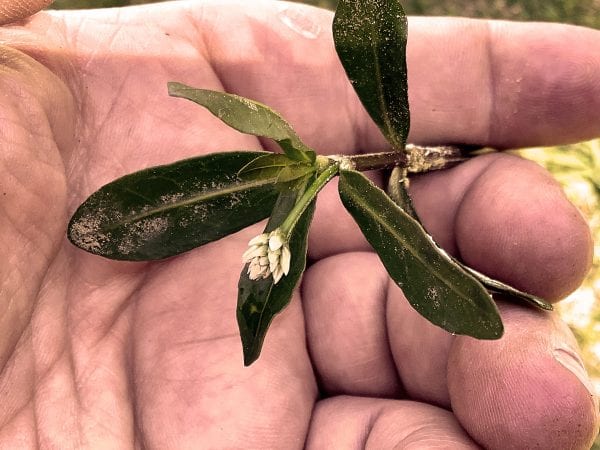
Figure 1. Alligator weed
Excellent submission. Photo attributes:
- includes background and scale (hand)
- is clear and in focus
- includes plant detail (bloom and plant detail)
Should be accompanied by a photo demonstrating the coverage area (figure 7)
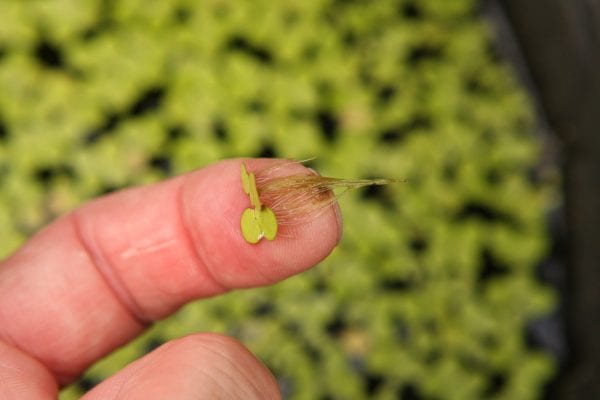
Figure 2. Duckweed
Excellent submission. Photo attributes:
- includes background and scale (finger)
- is clear and in focus
- includes plant detail (leaves and roots)
Should be accompanied by a photo demonstrating the coverage area (figure 7)
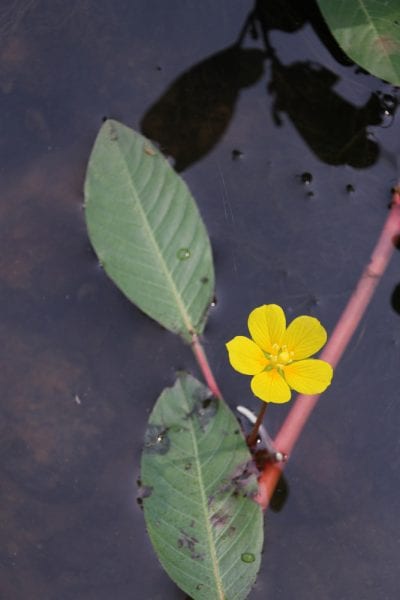
Figure 3. Water primrose
Acceptable submission. Photo attributes:
- lacks scale item for reference
- is clear and in focus
- includes plant detail (leaf, stem, and bloom)
Should be accompanied by a photo demonstrating the coverage area (figure 7)
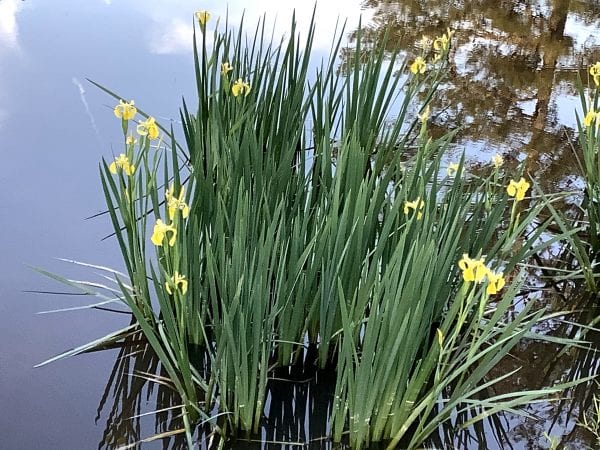
Figure 4. Yellow bog iris
Acceptable submission. Photo attributes:
- lacks scale item for reference
- is clear and in focus
- includes plant detail (leaf and bloom visible)
Should be accompanied by a photo demonstrating the coverage area (figure 7)
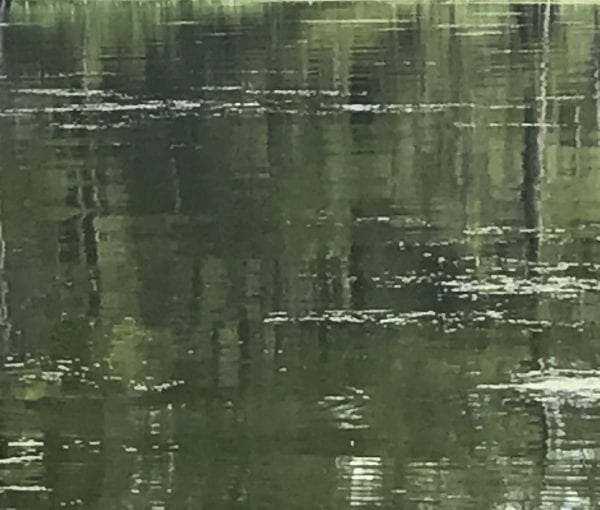
Figure 5. Undetermined
Poor submission. Photo attributes:
- taken at a distance
- lacks scale of reference
- lacks background
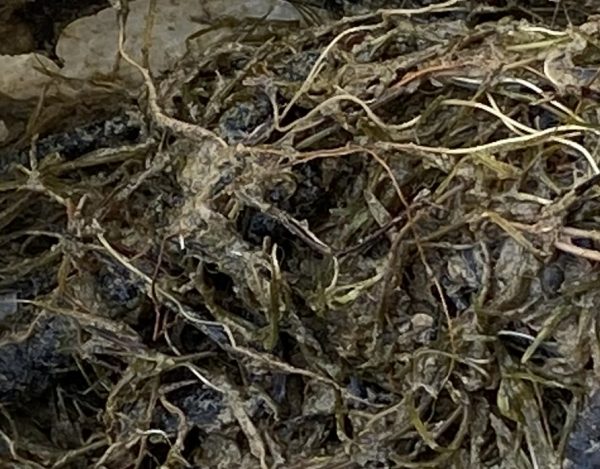
Figure 6. Undetermined
Poor submission. Photo attributes:
- taken at a distance
- lacks scale of reference
- lacks background
- individual plants not separated
- plant(s) are decomposed
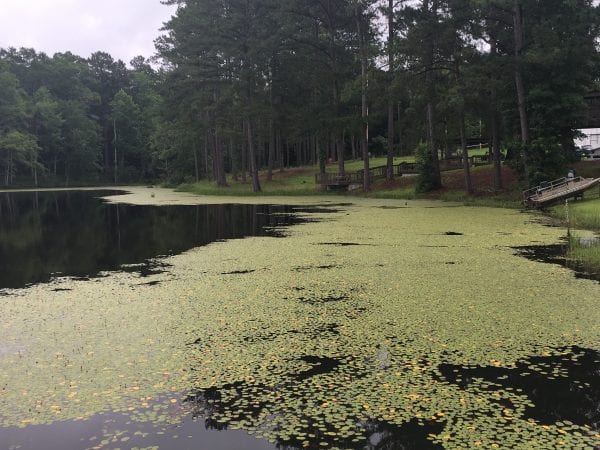
Figure 7. Water shield (photo by Bence Carter)
Excellent submission showing coverage area. Photo attributes:
- wide angle
- shows the degree of coverage
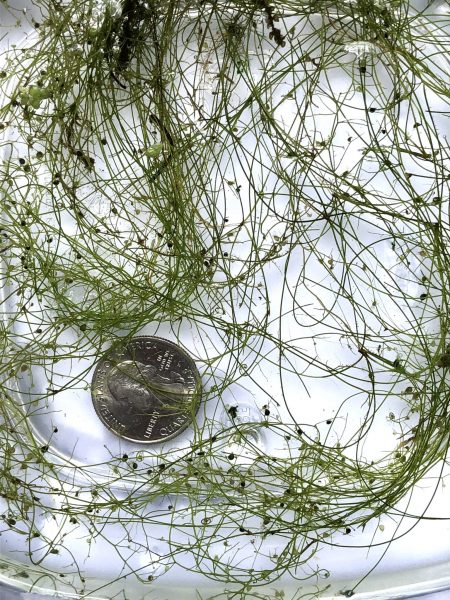
Figure 8. Bladderwort
Excellent submission of a submerged weed. Photo attributes:
- suspended in clean water in a shallow container
- demonstrates leaf structure as it would appear in the water
- solid background behind plant (white container)
- includes scale (quarter)
- close-up of plant
- is in focus
 Phillip Waters, Associate Extension Professor, Russell Wright, Extension Specialist and Associate Professor, and David Cline, Associate Extension Professor, all in the School of Fisheries, Aquaculture and Aquatic Sciences, Auburn University
Phillip Waters, Associate Extension Professor, Russell Wright, Extension Specialist and Associate Professor, and David Cline, Associate Extension Professor, all in the School of Fisheries, Aquaculture and Aquatic Sciences, Auburn University
Reviewed May 2022, Photo Submission Guide for Aquatic Plant Identification, ANR-2658

